Home>Construction & Tools>Building Materials>How To Cover A Brick Wall
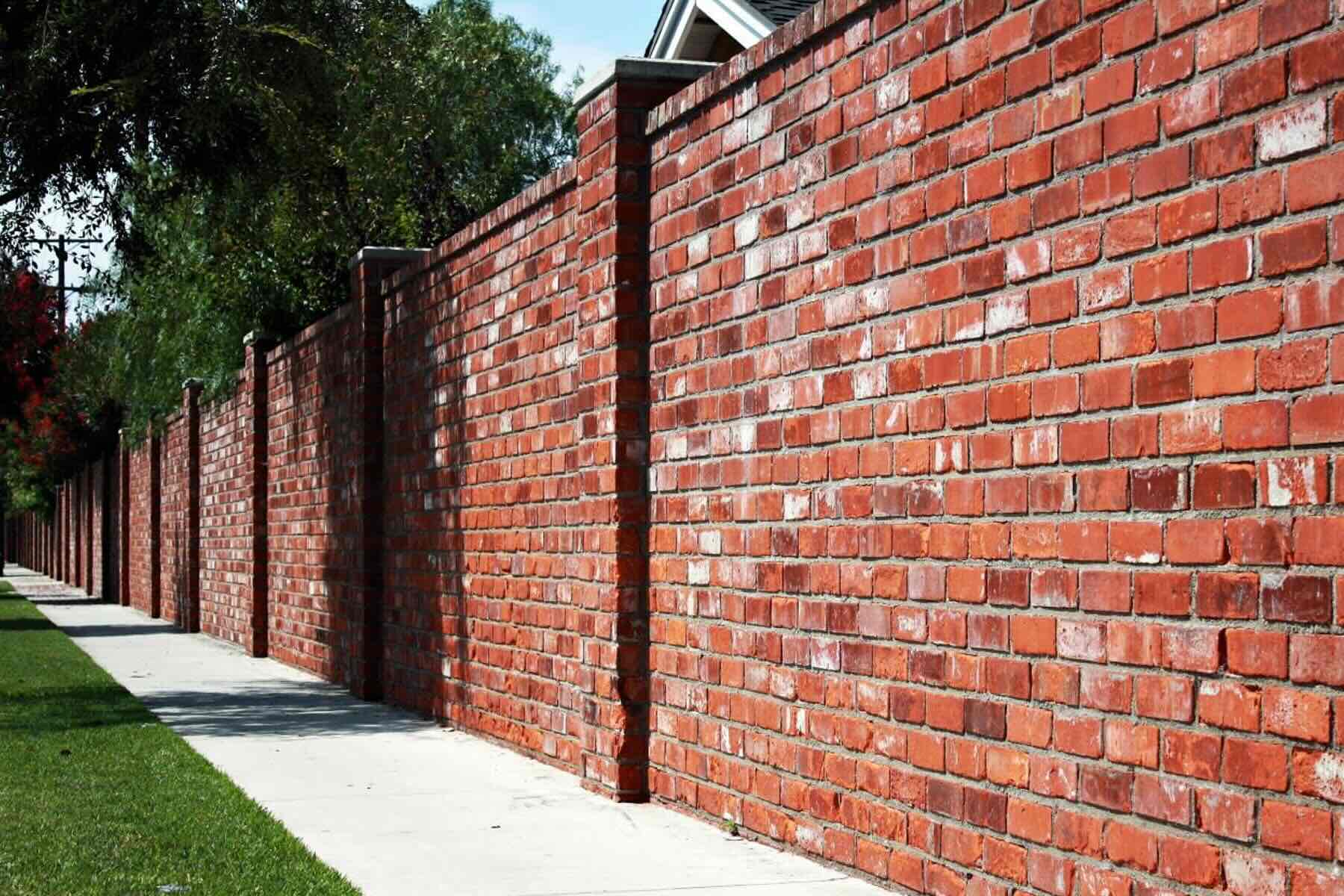

Building Materials
How To Cover A Brick Wall
Modified: March 9, 2024
Learn how to cover a brick wall with various building materials. Discover tips and techniques for a successful wall covering project.
(Many of the links in this article redirect to a specific reviewed product. Your purchase of these products through affiliate links helps to generate commission for Storables.com, at no extra cost. Learn more)
Introduction
Brick walls have a timeless charm that can add character and warmth to any space. However, there are times when you may want to update the look of a brick wall to better suit your aesthetic preferences or to enhance the overall design of a room. Whether you’re looking to modernize the appearance of a dated brick wall or seeking to create a more polished and cohesive look in your living space, covering a brick wall can be a transformative and rewarding project.
In this comprehensive guide, we will walk you through the step-by-step process of covering a brick wall, from gathering the necessary materials to adding the finishing touches. By following these steps, you can achieve a stunning and personalized look that complements your style while preserving the structural integrity of the wall.
So, roll up your sleeves and get ready to embark on a creative journey as we explore the art of covering a brick wall.
Key Takeaways:
- Transform your space by covering a brick wall with wood paneling, drywall, stone veneer, or tile to achieve a personalized and visually stunning focal point that reflects your unique style.
- Prepare, select, and install covering materials with precision and attention to detail to create a captivating and polished result that enhances the ambiance of your living space.
Read more: How To Cover Old Brick Wall Outside
Step 1: Gather the Necessary Materials
Before you begin covering your brick wall, it’s essential to gather all the required materials to ensure a smooth and efficient process. Here’s a list of the basic supplies you’ll need:
- Covering Material: Depending on your design preferences, you can choose from a variety of covering materials such as wood paneling, drywall, stone veneer, or tile. Consider the overall aesthetic you wish to achieve and select a material that aligns with your vision.
- Primer: A high-quality primer specifically formulated for masonry surfaces will help create a suitable base for the covering material and promote adhesion.
- Construction Adhesive: Opt for a durable construction adhesive to securely attach the covering material to the brick wall. Ensure that the adhesive is compatible with both the covering material and the brick surface.
- Fasteners (if applicable): Depending on the type of covering material chosen, you may need fasteners such as screws or nails to affix the material to the wall. Be sure to select fasteners designed for use with masonry.
- Protective Gear: Safety should always be a priority. Equip yourself with safety goggles, gloves, and a dust mask to safeguard against potential hazards during the project.
- Measuring Tools: Accurate measurements are crucial for a precise installation. Have a tape measure, level, and pencil on hand to mark the wall and ensure proper alignment of the covering material.
- Utility Knife and Cutting Tools: These tools will come in handy for trimming the covering material to fit around obstacles such as outlets, switches, and trim.
- Caulk and Caulking Gun: To achieve a professional finish, you’ll need caulk to fill any gaps and a caulking gun for precise application.
By gathering these essential materials, you’ll be well-prepared to commence the process of transforming your brick wall into a stunning focal point that reflects your personal style.
Step 2: Prepare the Brick Wall
Proper preparation of the brick wall is crucial to ensure a successful and long-lasting covering installation. Before applying any new material, it’s essential to thoroughly clean and inspect the surface. Here’s a step-by-step guide to preparing the brick wall:
- Clean the Surface: Begin by removing any dirt, dust, or debris from the brick wall. Use a stiff-bristled brush or a vacuum with a brush attachment to eliminate loose particles. For stubborn stains or grime, a solution of mild detergent and water can be used to gently scrub the surface. Rinse the wall thoroughly and allow it to dry completely before proceeding.
- Inspect for Damage: Carefully examine the brick wall for any signs of damage, such as cracks, spalling, or loose mortar. Address any structural issues before proceeding with the covering installation to ensure a stable and secure foundation.
- Apply Primer: Once the wall is clean and dry, apply a coat of masonry primer using a high-quality paint roller or brush. The primer will help promote adhesion and create a suitable surface for the covering material. Be sure to follow the manufacturer’s instructions for application and drying times.
- Fill Gaps and Voids: Inspect the mortar joints for any gaps or voids. Use a suitable mortar repair compound to fill in any areas where the mortar has deteriorated. Smooth the repair compound with a trowel and allow it to cure completely before proceeding.
- Protect Surrounding Areas: To prevent damage to adjacent surfaces and furnishings, it’s advisable to cover and mask off areas surrounding the brick wall. Use painter’s tape and drop cloths to protect floors, trim, and any nearby fixtures.
By meticulously preparing the brick wall, you’ll create an optimal foundation for the covering material, ensuring a professional and durable installation. Taking the time to complete these essential steps will contribute to the overall success of your project and the longevity of the finished result.
Step 3: Choose the Covering Material
When it comes to covering a brick wall, the choice of material significantly influences the overall aesthetic and ambiance of the space. Whether you’re aiming for a rustic, industrial, or contemporary look, selecting the right covering material is pivotal to achieving your desired design outcome. Here are several popular options to consider:
- Wood Paneling: Wood paneling offers a warm and inviting aesthetic, adding natural texture and visual interest to the space. Available in a variety of finishes and profiles, wood paneling can create a cozy and timeless ambiance.
- Drywall: Ideal for achieving a smooth and seamless surface, drywall provides a blank canvas for paint, wallpaper, or texture treatments. It offers versatility in design and allows for various customization options.
- Stone Veneer: For a striking and rugged look, stone veneer provides the allure of natural stone without the weight and cost associated with full masonry. It can impart a sense of earthy charm and architectural elegance to the space.
- Tile: Tile offers a diverse range of colors, patterns, and textures, allowing for creative expression and personalized design. Whether opting for ceramic, porcelain, or glass tile, this option provides durability and easy maintenance.
When selecting the covering material, consider the existing décor, architectural style, and functional requirements of the space. Additionally, factor in maintenance considerations, budget constraints, and the desired visual impact to make an informed decision. It’s essential to choose a material that harmonizes with the overall design scheme and contributes to the desired atmosphere.
By carefully evaluating the characteristics and visual appeal of each covering material, you can make a confident choice that aligns with your design vision and transforms your brick wall into a stunning focal point.
Consider using a combination of wire mesh and mortar to cover a brick wall. Apply the wire mesh to the wall and then spread a layer of mortar over it, smoothing it out for a clean finish. This will help create a new surface for painting or other decorative treatments.
Step 4: Install the Covering Material
With the brick wall prepared and the covering material selected, it’s time to embark on the installation process. Whether you’ve opted for wood paneling, drywall, stone veneer, or tile, the following general guidelines apply to ensure a successful and visually appealing installation:
- Measure and Cut: Take precise measurements of the wall surface and carefully cut the covering material to fit. Use a saw, utility knife, or tile cutter, depending on the material, to achieve accurate cuts and ensure a seamless installation.
- Apply Adhesive: Using a high-quality construction adhesive suitable for masonry surfaces, apply a generous amount to the back of the covering material. Ensure even coverage to promote strong adhesion to the brick wall.
- Secure in Place: Carefully position the covering material against the brick wall, ensuring proper alignment and level placement. If fasteners are required for your chosen material, such as screws or nails, use them to secure the covering in place as per the manufacturer’s recommendations.
- Grout or Caulk (if applicable): For materials like tile or stone veneer, apply grout or caulk to fill the joints and achieve a polished look. Use a grout float or a caulking gun to apply the material evenly and remove any excess.
- Finishing Touches: Once the covering material is securely installed, attend to any remaining details such as trim work, outlet and switch cutouts, and seam treatments. Ensure that all edges are neatly finished for a professional appearance.
Throughout the installation process, maintain a keen eye for precision and attention to detail to achieve a flawless result. Take the necessary time to ensure that each piece of the covering material is expertly installed, contributing to a cohesive and visually striking transformation of the brick wall.
By following these installation guidelines and exercising patience and precision, you can elevate the aesthetic appeal of your space and create a captivating focal point that reflects your unique style.
Read more: How To Cover Brick Walls Inside House
Step 5: Finishing Touches
As the covering material is securely installed, attention to the finishing touches will elevate the overall look and ensure a polished and cohesive result. Consider the following steps to add those final flourishes to your newly covered brick wall:
- Paint or Seal (if applicable): Depending on the covering material chosen, you may opt to paint, stain, or seal the surface to enhance its appearance and provide protection. Select a finish that complements the overall design scheme and aligns with your aesthetic preferences.
- Trim Installation: Install trim pieces, such as baseboards or corner moldings, to frame the covered brick wall. This step adds a refined and finished look, concealing any exposed edges and creating a seamless transition between the wall and adjacent surfaces.
- Lighting Considerations: Strategically incorporate lighting elements to highlight the texture and visual impact of the newly covered wall. Whether through recessed lighting, wall sconces, or accent fixtures, lighting can enhance the ambiance and draw attention to the wall as a focal point.
- Clean and Inspect: Thoroughly clean the surface of the covered wall to remove any construction residues or dust. Inspect the installation for any imperfections or areas that may require touch-ups, ensuring that the final result meets your expectations.
- Showcase Décor: Once the finishing touches are complete, consider arranging décor elements such as artwork, mirrors, or shelving to complement the newly covered wall. Thoughtfully curated décor can further enhance the visual impact and create a cohesive design narrative.
By attending to these finishing touches, you can transform your covered brick wall into a captivating focal point that harmonizes with the overall design of your space. The thoughtful integration of these details will contribute to a cohesive and visually stunning result that reflects your personal style and enhances the ambiance of the room.
Conclusion
Covering a brick wall presents an exciting opportunity to unleash your creativity and transform the ambiance of a space. By following the step-by-step process outlined in this guide, you can achieve a stunning and personalized result that reflects your unique style and design preferences.
From gathering the necessary materials to adding the finishing touches, each stage of the covering process plays a crucial role in the overall success of the project. Meticulous preparation, thoughtful material selection, and precise installation techniques are key factors in creating a visually striking and durable transformation of the brick wall.
As you embark on this endeavor, remember to approach the project with patience and a keen eye for detail. Take the time to evaluate the various covering options, envision the desired aesthetic, and meticulously execute each step of the installation process. By doing so, you can achieve a seamless and visually captivating result that breathes new life into the space.
Whether you’re aiming for a rustic, industrial, or contemporary look, the covering of a brick wall offers an opportunity to redefine the character of a room and create a compelling focal point. Embrace the creative journey, and let your imagination guide you as you embark on this transformative project.
As you stand back and admire the newly covered brick wall, take pride in the accomplishment of creating a personalized and visually stunning feature that enhances the overall design and ambiance of your space.
Now, armed with the knowledge and inspiration from this guide, you’re ready to embark on the rewarding adventure of covering a brick wall and infusing your living space with renewed style and character.
Frequently Asked Questions about How To Cover A Brick Wall
Was this page helpful?
At Storables.com, we guarantee accurate and reliable information. Our content, validated by Expert Board Contributors, is crafted following stringent Editorial Policies. We're committed to providing you with well-researched, expert-backed insights for all your informational needs.
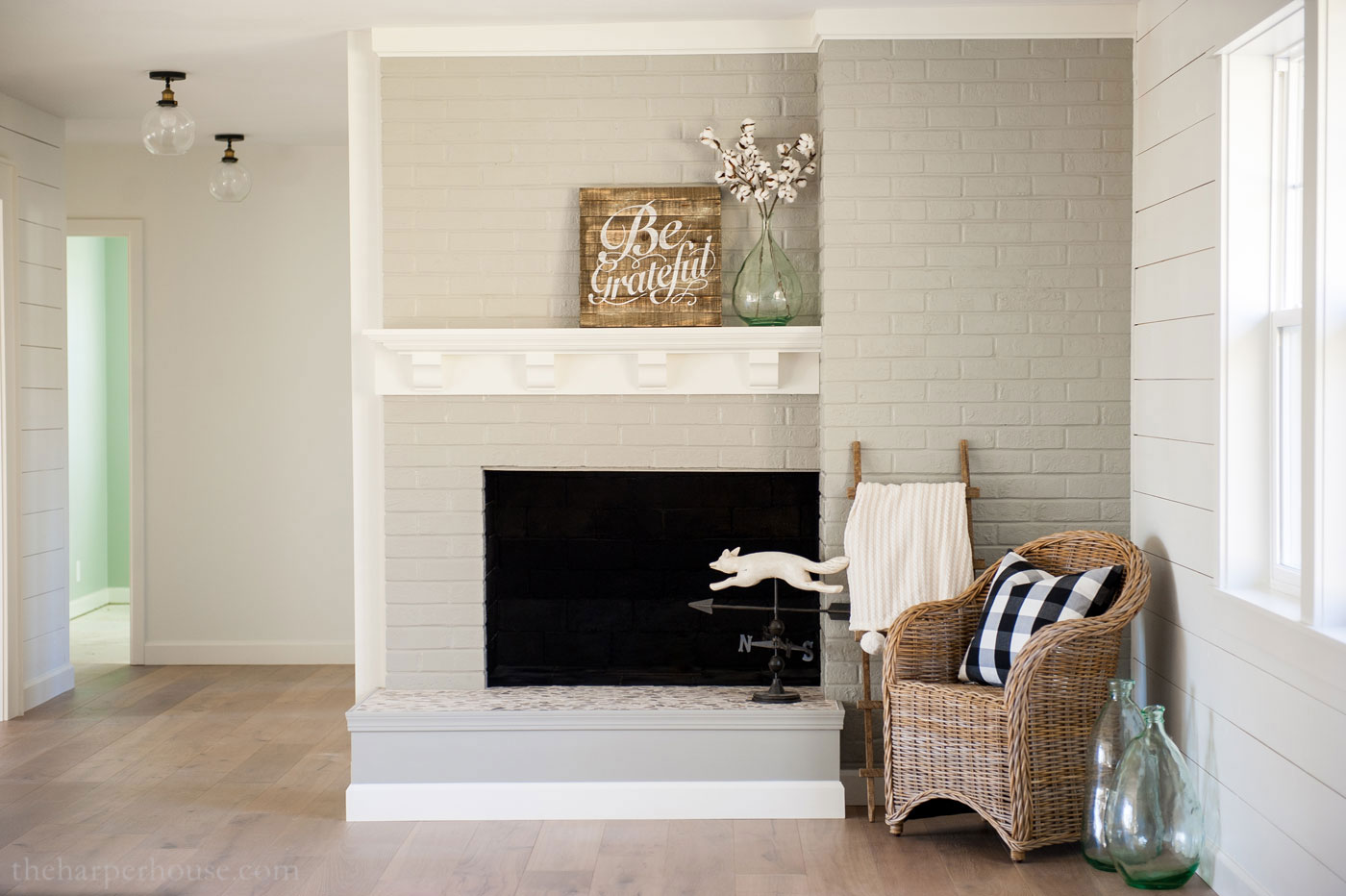
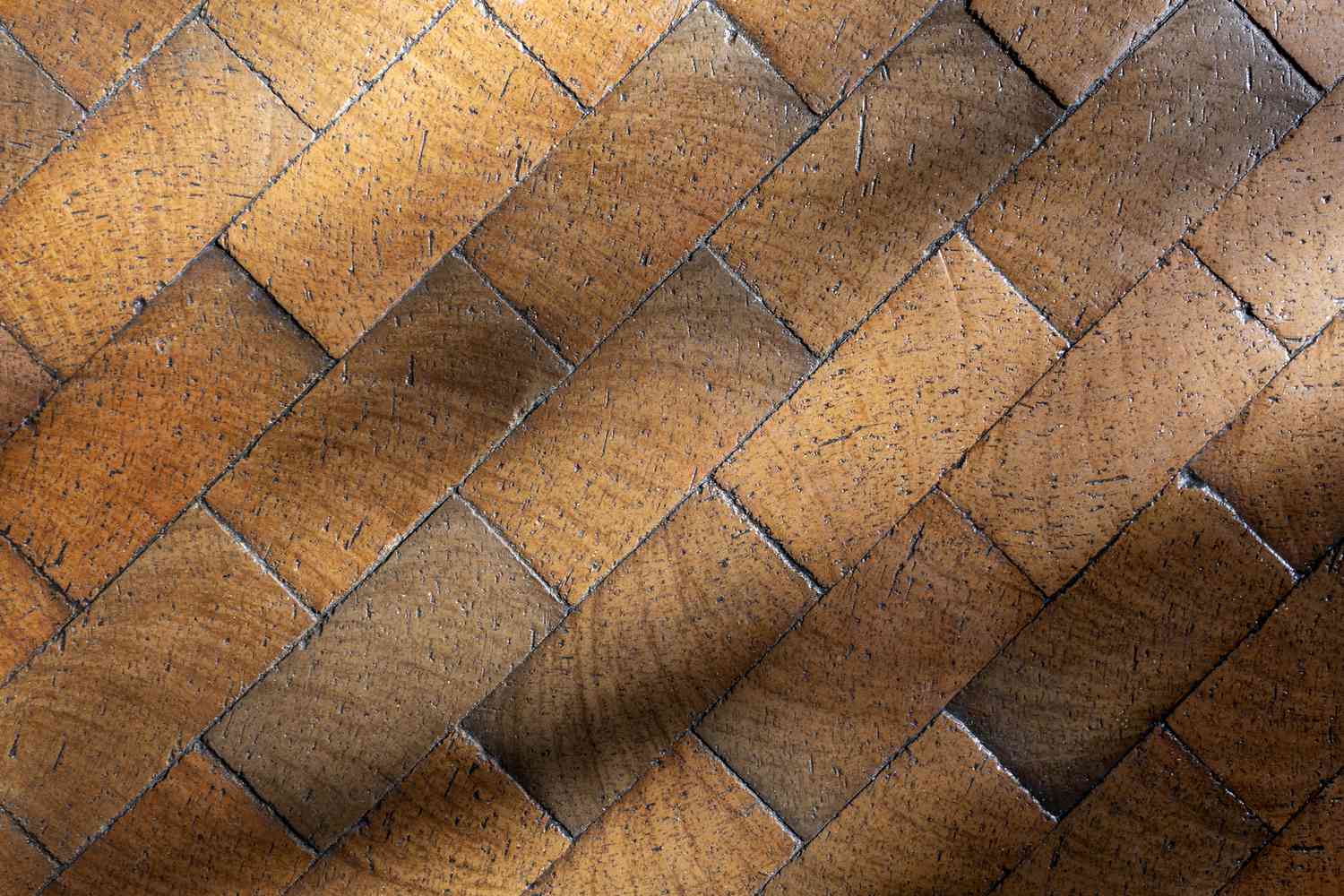
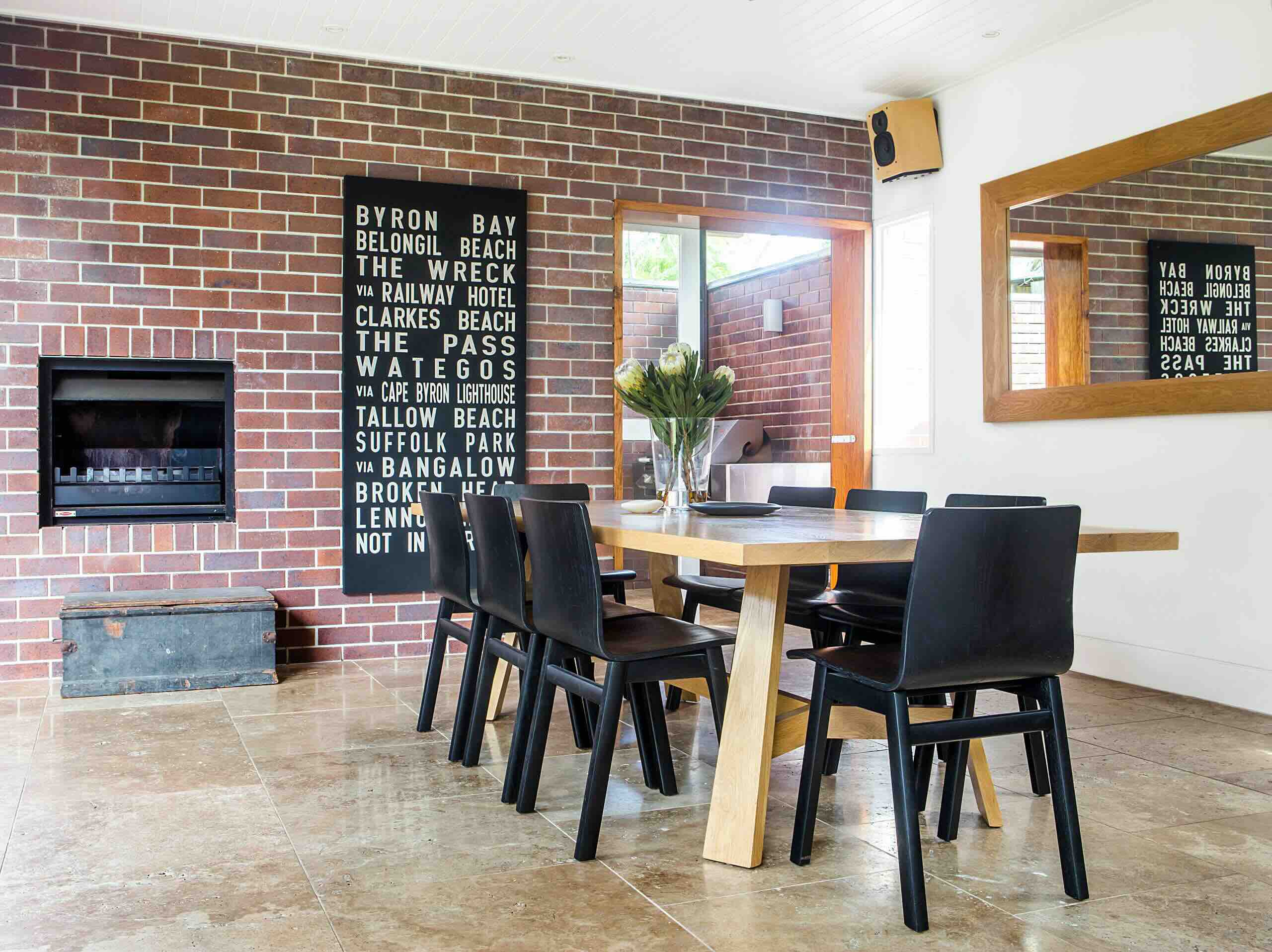
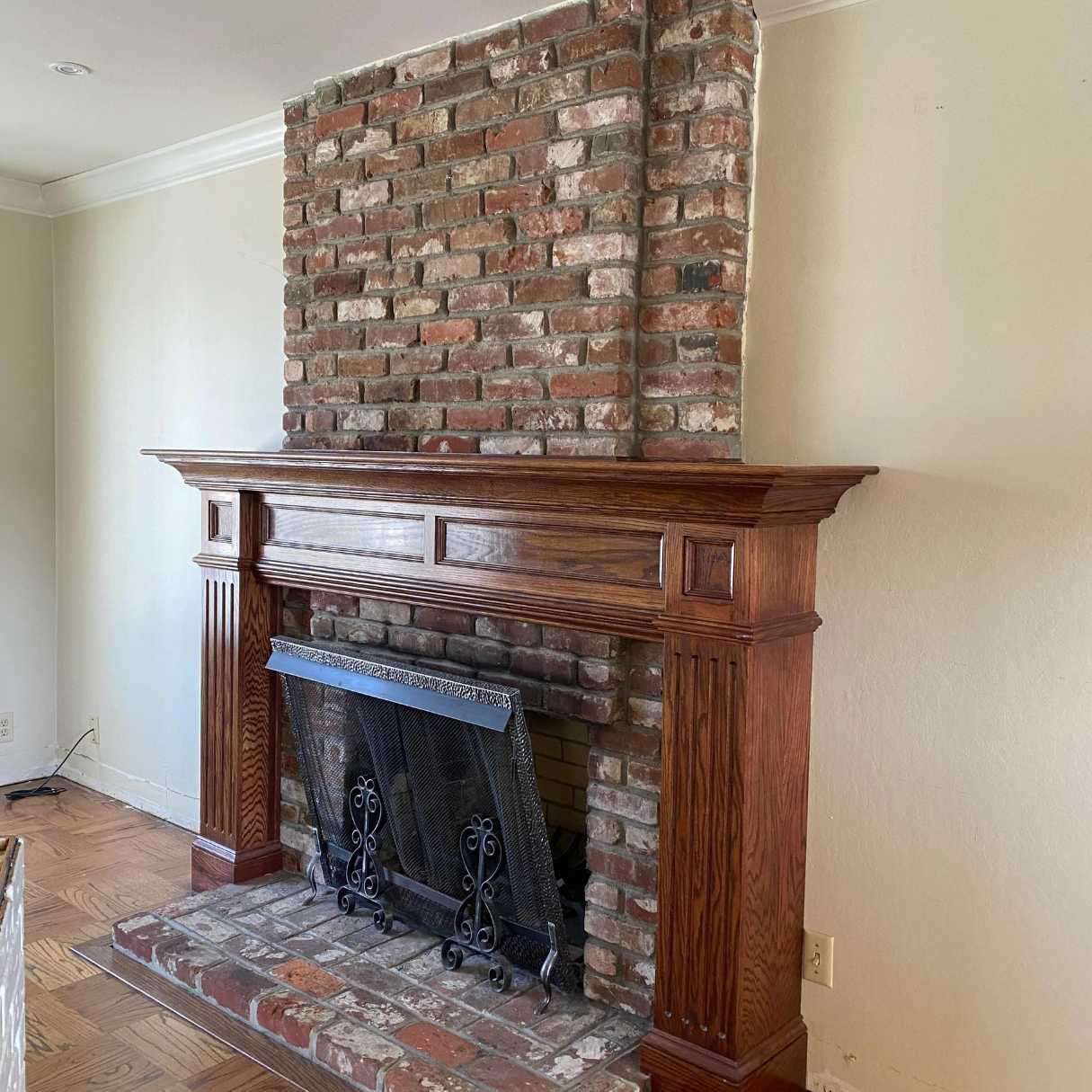
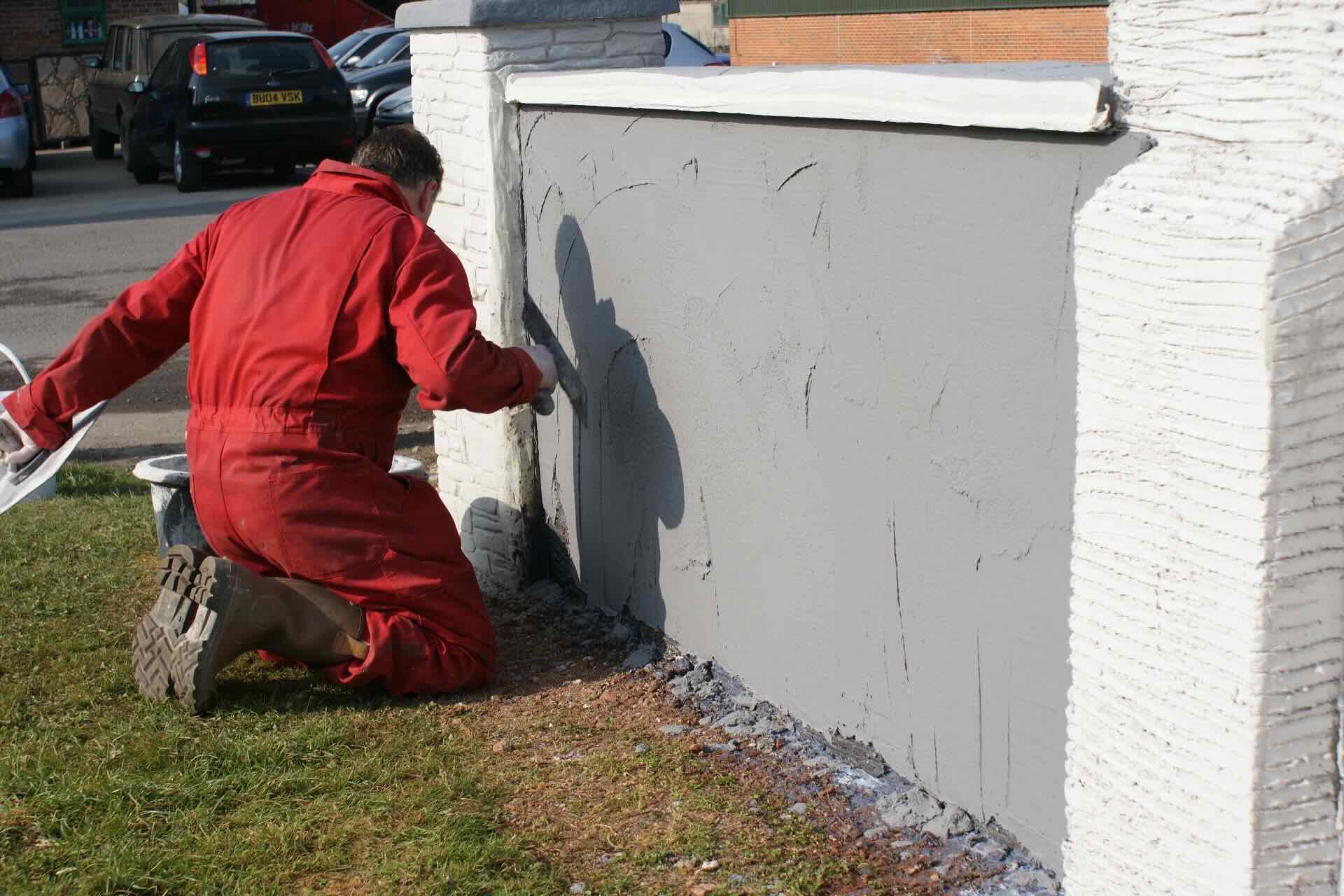
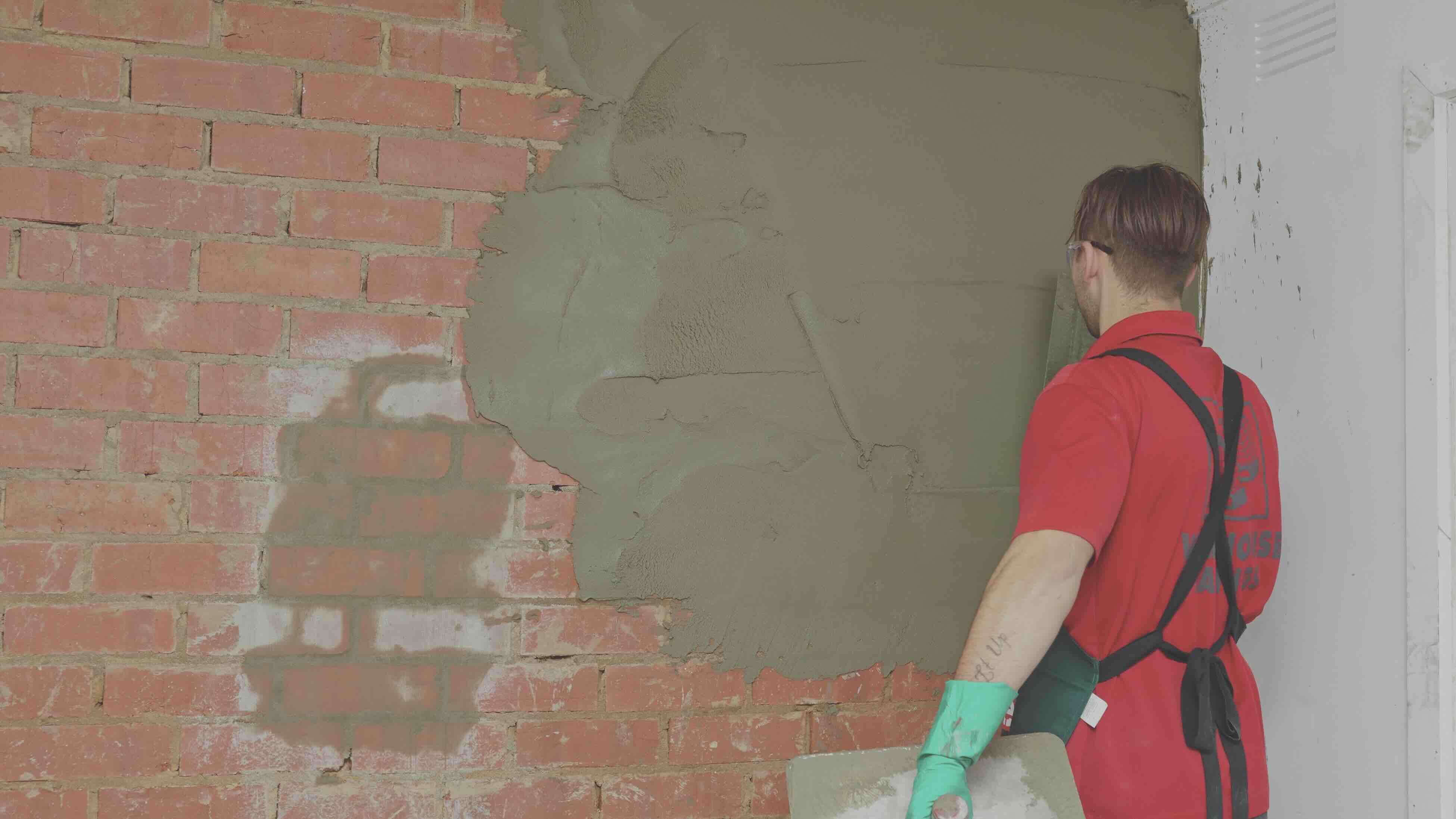
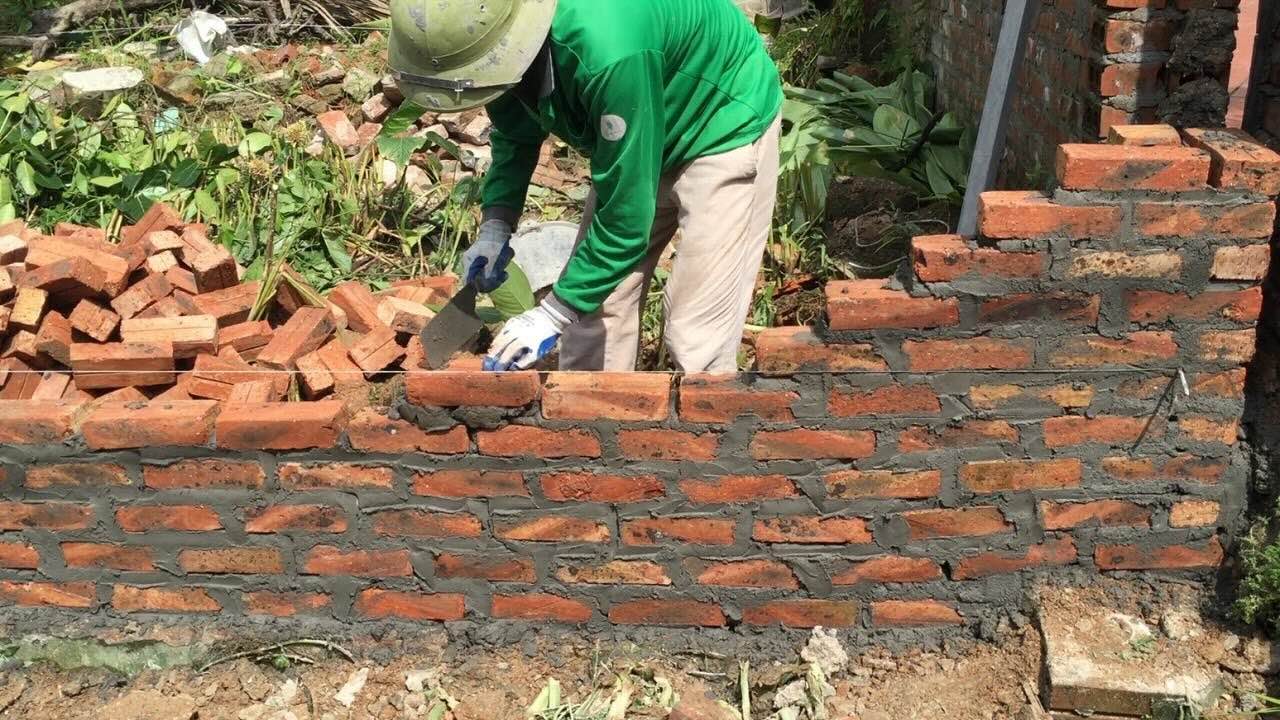
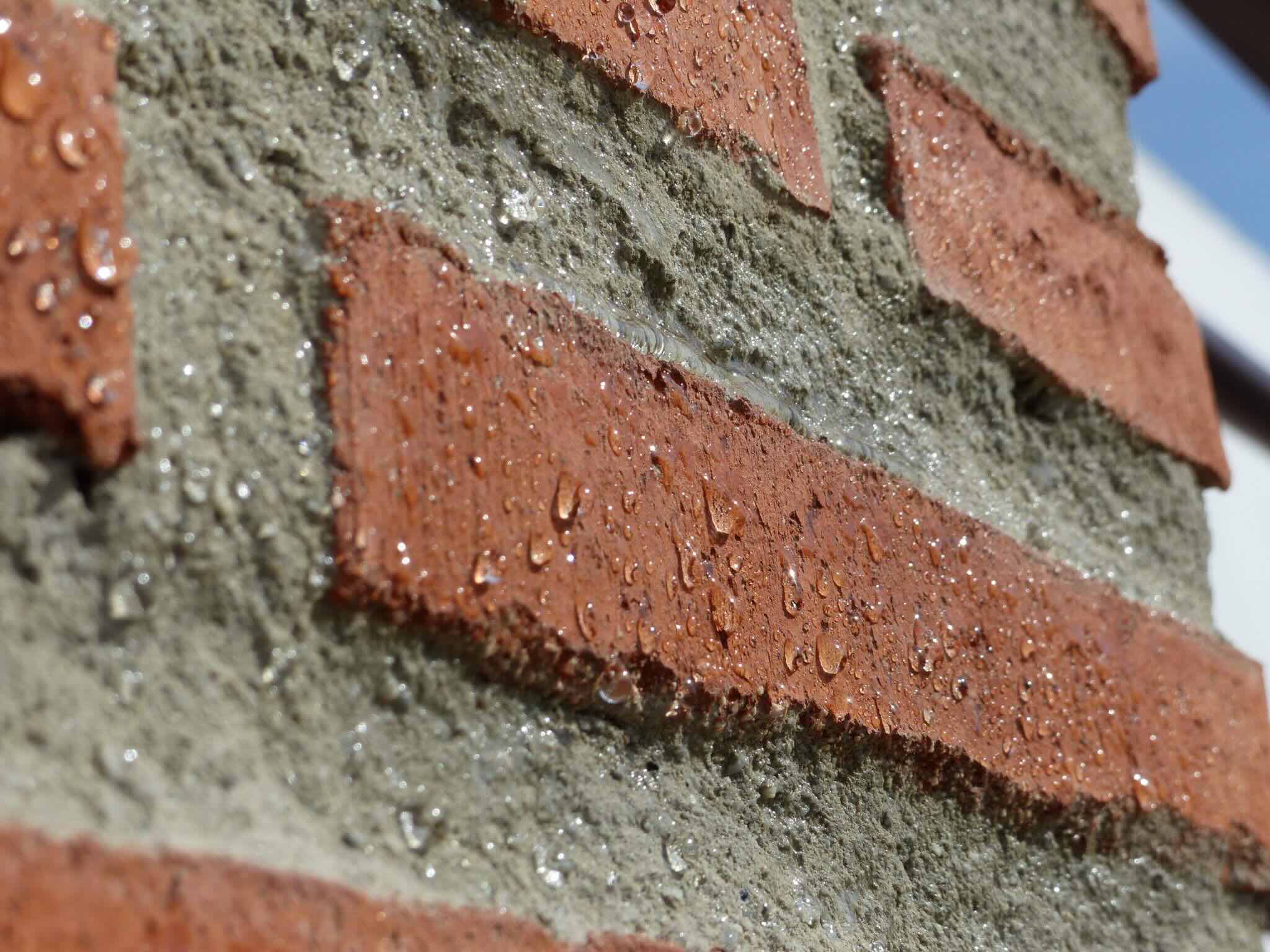
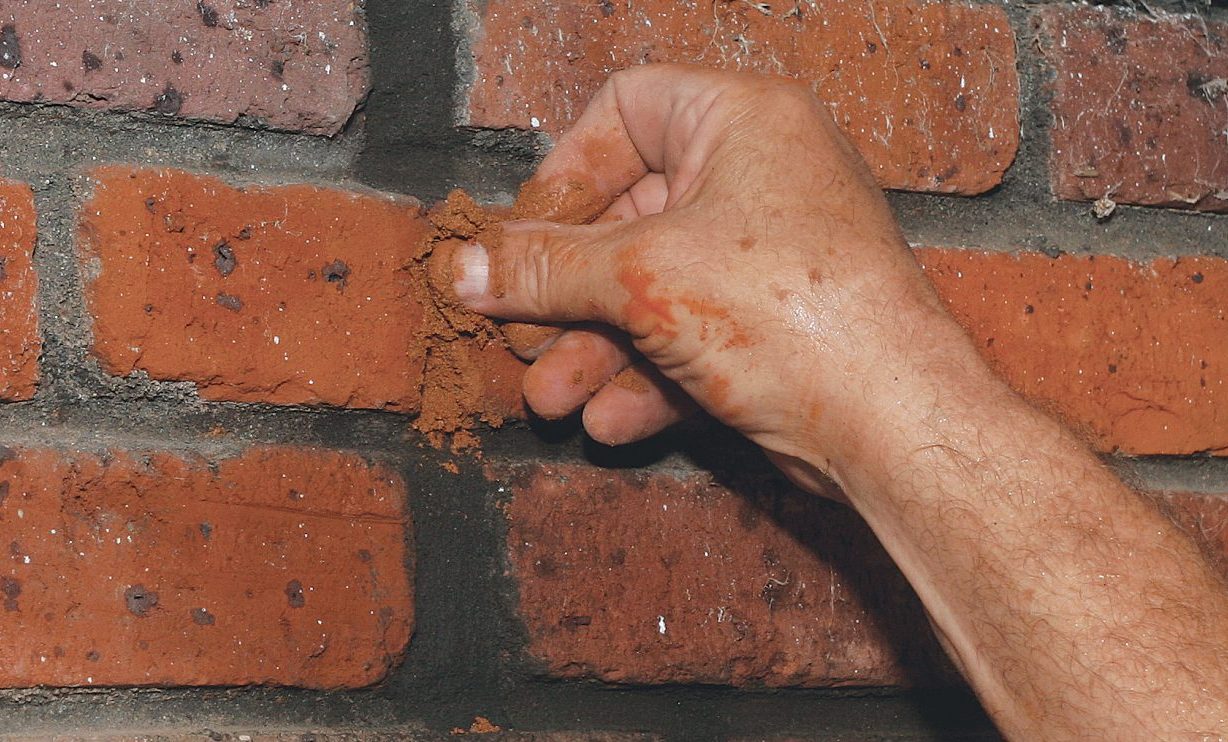
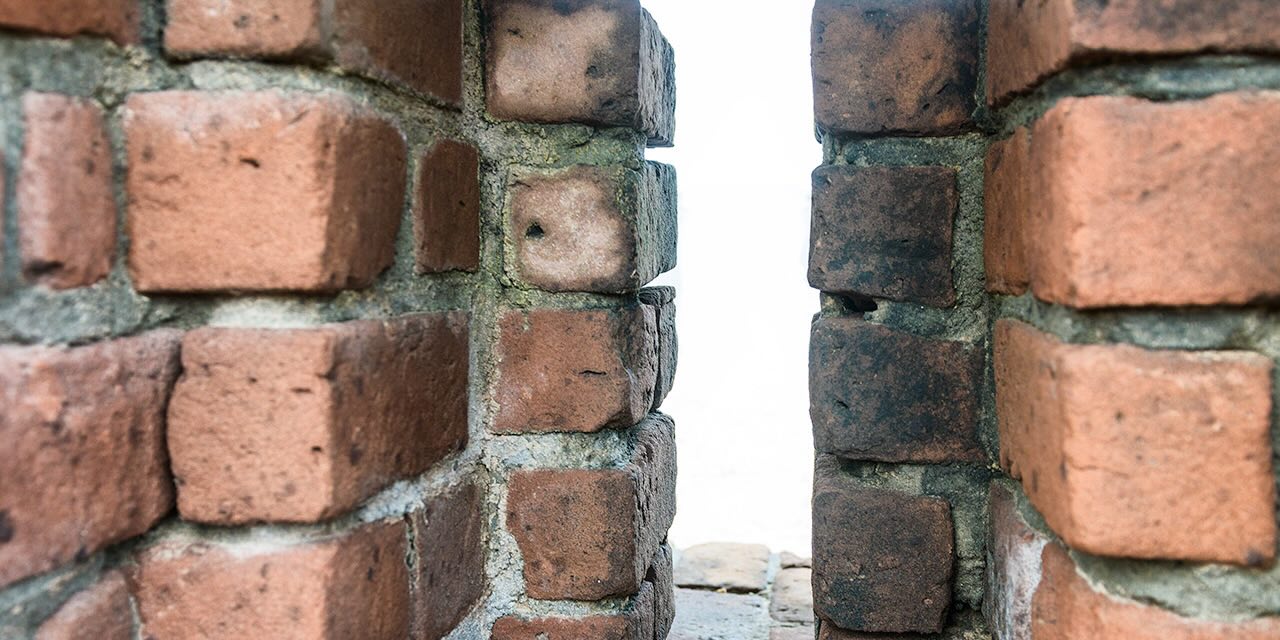
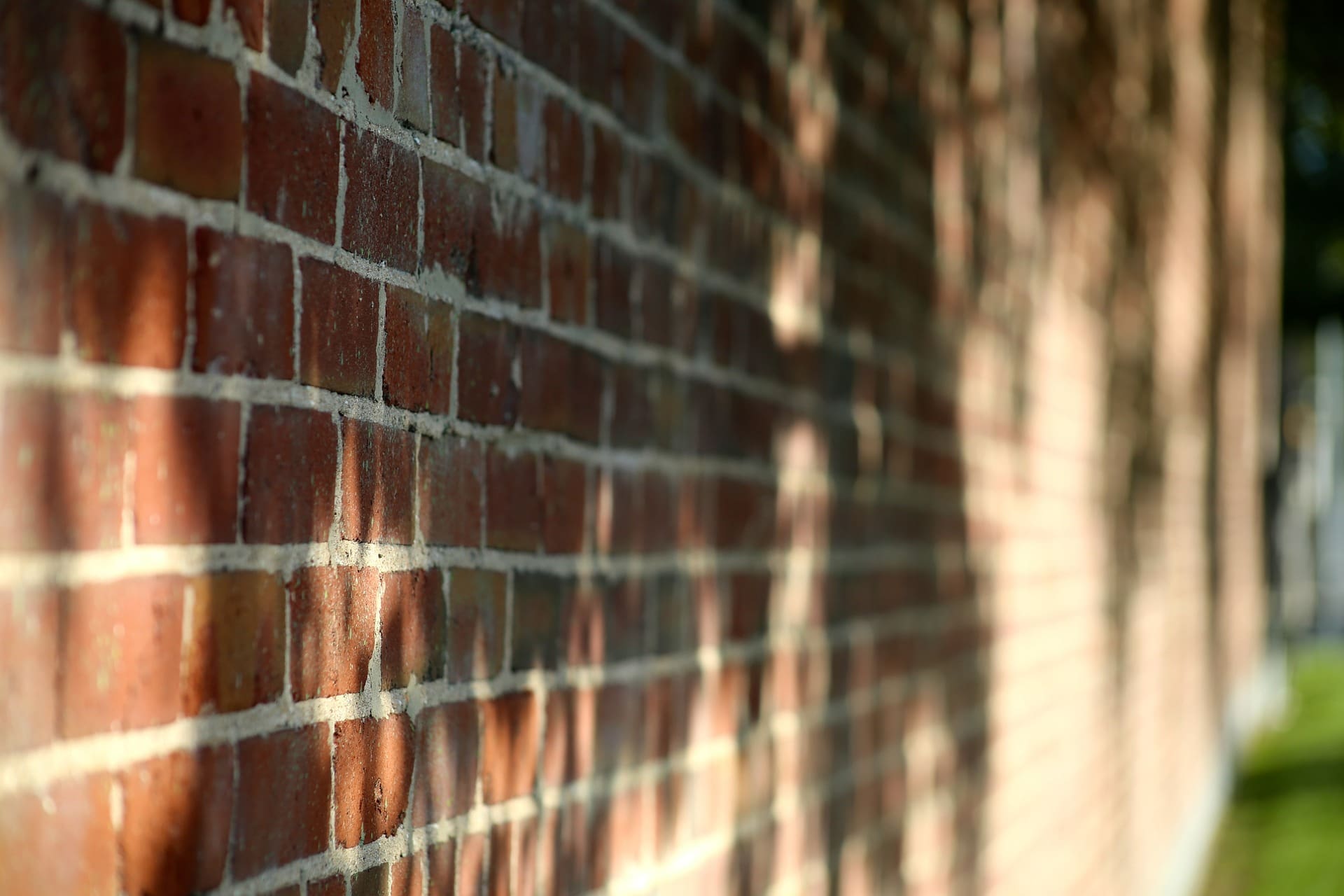
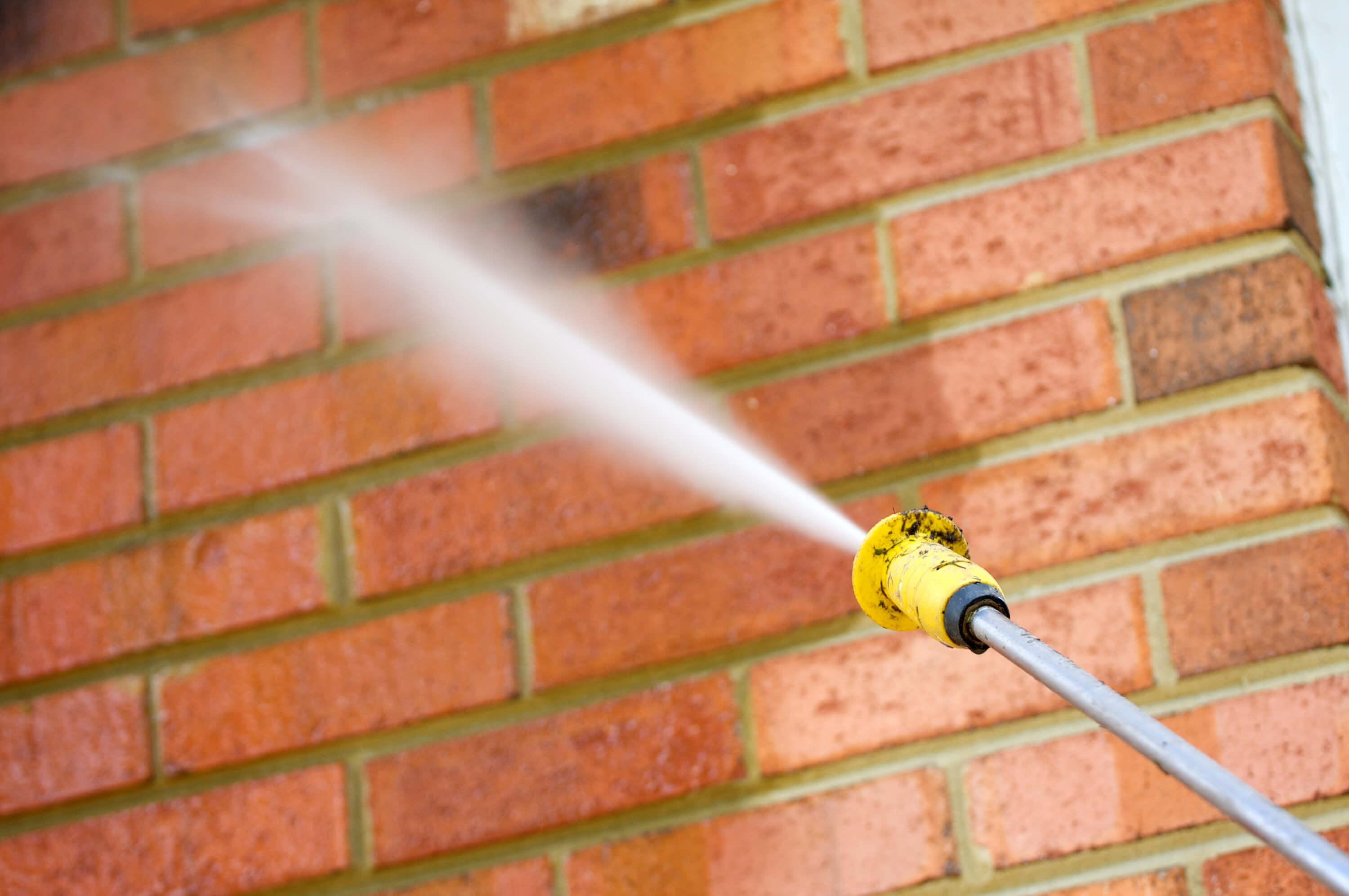
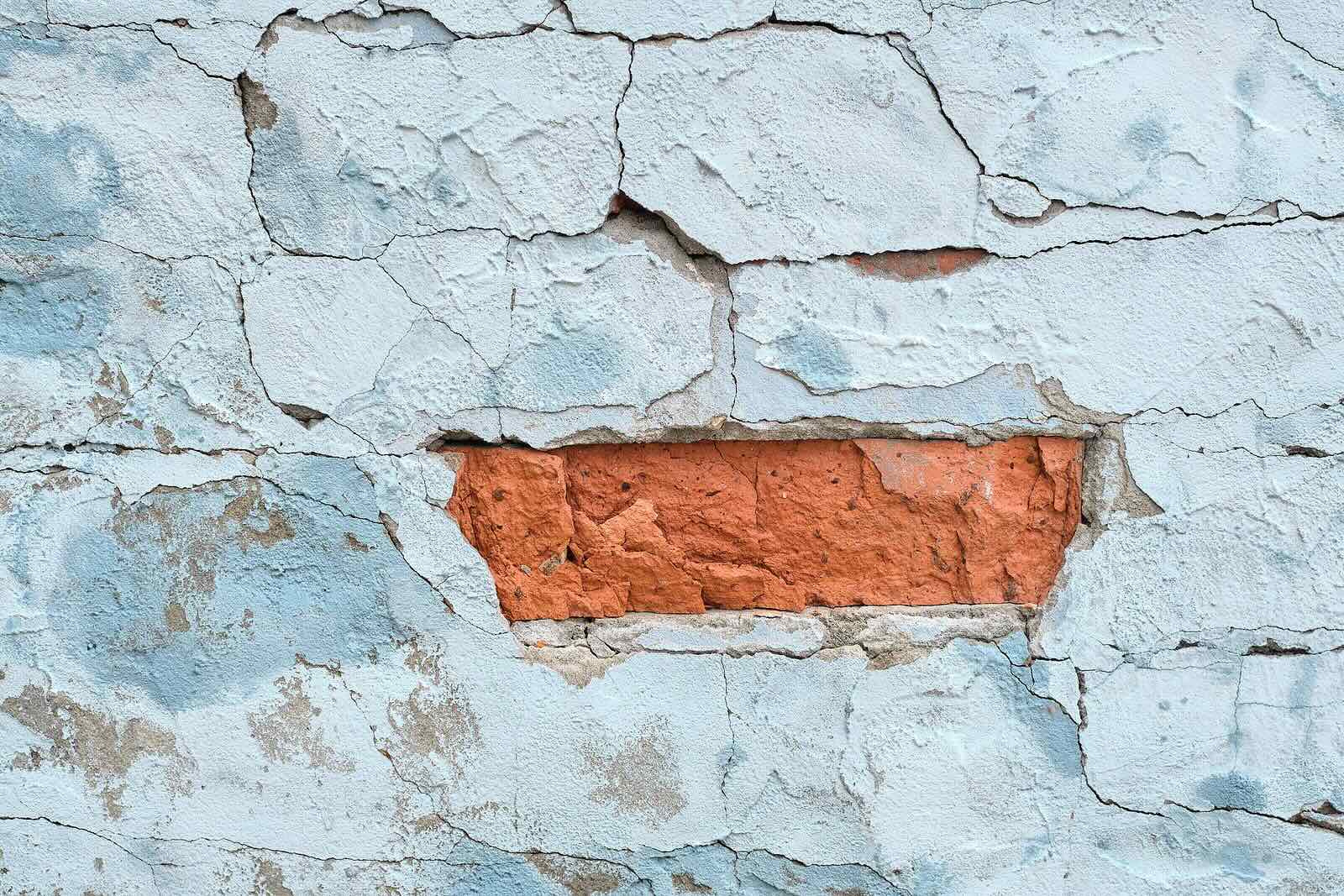
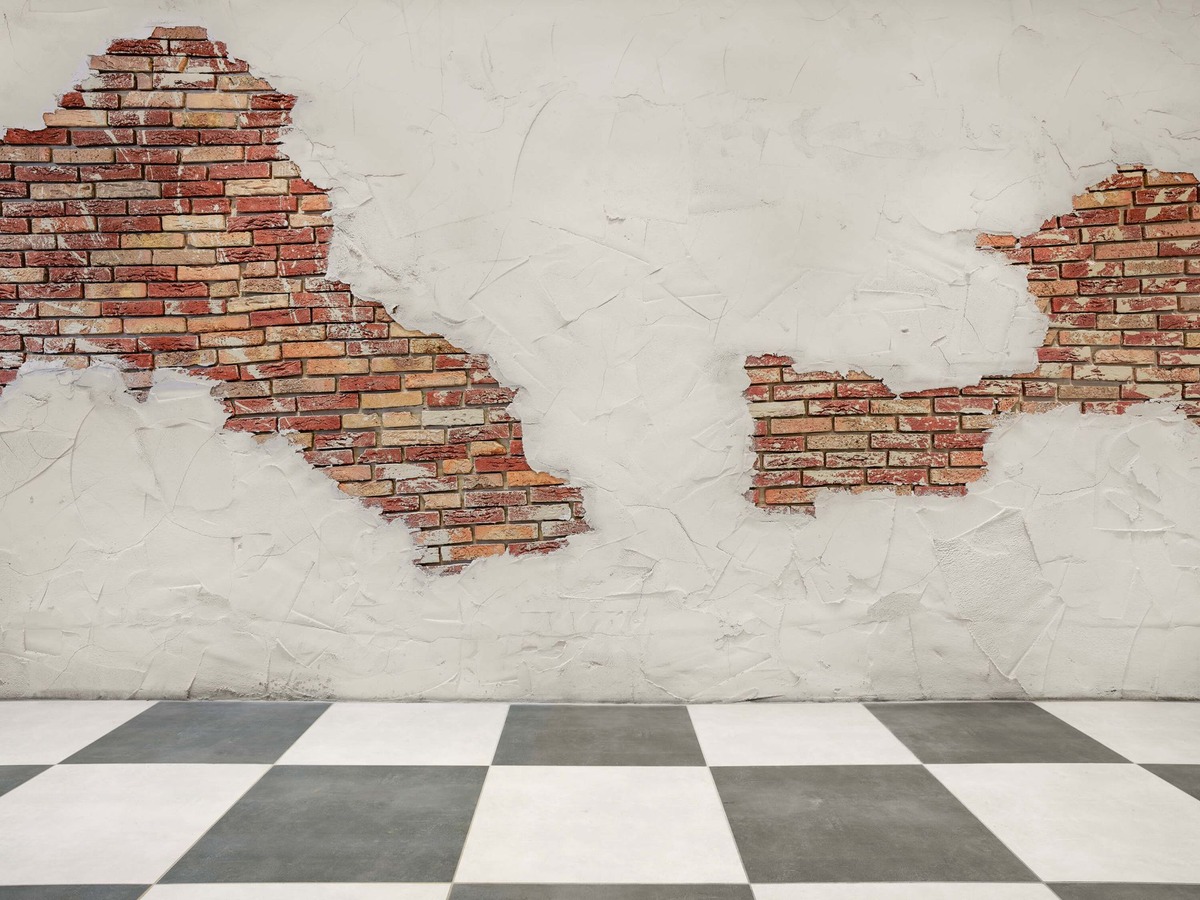

0 thoughts on “How To Cover A Brick Wall”